When I was in the USA Google Books not long ago, I downloaded a PDF of the public domain work The apology of Socrates (translated by D. F. Nevill). (Note that you can’t get the PDF in Canada, probably because of different copyright laws concerning public domain.) I was double checking that Google didn’t give you easy access to the whole plain text. You either get the PDF (without text) or you can see the Plain Text one page at a time. This makes it hard to run analytical tools for research on public domain texts from Google Books.
What intrigued me, however, were the traces of the scanning in this PDF. For whatever reason there are a number of images of pages partly turned. These images are the trace of a process.
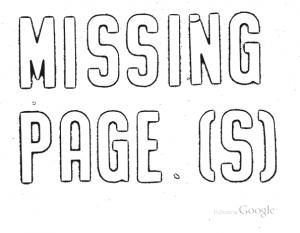
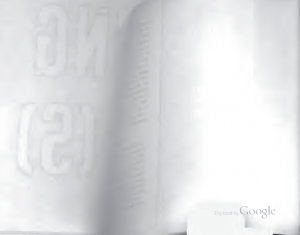
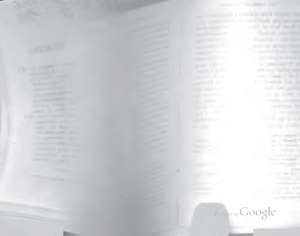
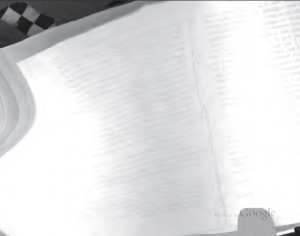
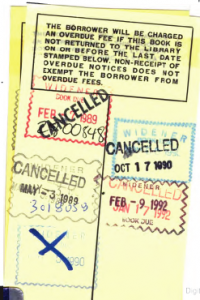
The last one is from the back where the librarians stamp the book when returned. What do we know about the Google scanning technology? CNet has an interesting story, Patent reveals Google’s book-scanning advantage, about how they use infrared to compensate for the curvature of pages. There are also stories like this one in Tech Crunch on how Google Books Adds Hand Scans that suggest humans are part of the process.